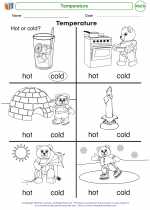Geometry
Geometry is a branch of mathematics that deals with the study of shapes, sizes, and the properties of space. It is an essential part of mathematics that helps us understand the world around us by describing and analyzing the physical properties of objects and their relationships.
Basic Concepts in Geometry
Some basic concepts in geometry include points, lines, angles, and shapes. Points are considered to be the most basic elements in geometry, and they have no size or shape. Lines are straight or curved and extend infinitely in both directions. Angles are formed when two lines meet, and they are measured in degrees. Shapes, such as circles, triangles, squares, and rectangles, are formed by combining points, lines, and angles.
Key Principles in Geometry
Geometry also involves key principles such as symmetry, congruence, similarity, and transformation. Symmetry refers to the balance and proportion in shapes and objects. Congruence is the term used to describe when two shapes are identical in shape and size. Similarity is a concept used to compare the shapes of objects. Transformation involves moving, rotating, or reflecting a shape to create a new shape.
Applications of Geometry
Geometry has many practical applications in fields such as architecture, engineering, art, and design. It is used to design buildings, create computer graphics, develop new technologies, and solve real-world problems. Understanding geometry helps us to analyze and interpret the physical world and make informed decisions based on spatial relationships and measurements.
.

